To measure your pants, start by laying them flat on the floor and smoothing out any lumps or wrinkles with your hands. Then, use a measuring tape to measure from 1 side of the waistband to the other. Double that number to get the waist size of the pants. Next, find the inseam by measuring from the crotch of the pants to the very bottom of 1 of the pant legs. You can also measure the hip size of your pants by measuring the distance between the left edge of the pants and the right edge at the base of the zipper.
Take your own inseam and outseam pants measurements with no assistance whatsoever. Simply stand on the included footpiece to provide the tension you need to measure your own inseam or outseam. Your measurement is then taken from the end of the tape held in your hand. Next, detach the removable footpiece to measure your waist or any other part of your body. Quick and easily done with only one set of hands. It's the only tape you need for tailor-accurate pants measurement.
Perfect for sewing, tailoring, and custom or bespoke clothing measurements. Ships fast from Toledo, OH, USA since 1912. We can custom print with your logo, etc. in minimum quantity of 200. Customized orders receive a proof prior to production. This measurement is used for pants.The inseam is the distance from the uppermost part of your thigh to your ankle. It is easiest to measure the inseam based on a well-fitting pair of pants.
Measure from the crotch to the cuff on the inside seam of the leg. The number of inches, to the nearest ½", is the inseam length. It's best to measure your inseam with a pair of shoes on so that you can ensure the hem hits at the right point on your shoe. The hem should hit at the middle of the heel shaft or should hit just slightly above the flat shoe.
To measure inseam, place the measuring tape at the point where your center seams intersect your inseam. This intersection is really easy to find on a pair of leggings, which is why I like to take pant measurements while wearing leggings. Hold, pin or tape the measuring tape in this spot, then stand up straight while you take this measurement. Read the bottom of the tape measure using a mirror or have someone else read it for you . Conversely, you could hang the tape so that the end of the tape falls where you want your pants hem to land, then read the measurement at the crotch.
You may want to measure your actual waist, but also the waist of your pants to get an accurate size. To measure your waist, wear underwear or similar clothing that is well fitting. Make your measurement at your natural waist. This is at the thinnest portion of your body, between your ribs and your belly button.
You can find your natural waist by bending to the side and seeing where your body creases. Wrap the measuring tape around your waist and record the measurement where the tape meets itself. These portable, flexible tools are your best friend when it comes to measuring your pants.When measuring with a tape measure, pull the tape taut, but don't stretch it. Clothing tape measures are often made of a soft synthetic material that can distort if stretched, resulting in inaccurate measurements.
The first thing to look for when online shopping is the size chart. Clothing manufacturers will lay out bust, waist, and hips measurements in inches or centimeters that correspond to sizes. Each brand or designer uses a different scale, so it's best to check the measurements on which that brand bases its sizing. The inseam is the distance from the uppermost part of your thigh to your ankle. Using a soft measuring tape measure around your waist, where your pants normally sit when wearing your belt. The size you need to get should be half the perimeter of your waist.
For example, if the perimeter of your waist is 88cm, then your size is 44. You can send us your measurements in inches as well and we will find the best size fit for you. The next step is to lay your pants flat over a surface large enough to fit the entire pair. You would want to exclude any creases as they will interfere with your inseam measurement.
This step is the same for both pants and jeans. This information determines how tight a pair of jeans or pants will fit on your hips. By finding out whether a pair of pants are slim-fit or relaxed fit, you also find out which measurements are most important.
With slim-fit, the hip and upper thigh measurements are super important to get right. With a more relaxed-fit, that is loose around the hip and upper thigh, it is the waist measurement that is the most important. While most retailers utilize the same standards for online size charts, this tutorial is specifically designed with the Manor's measurement practices in mind. To measure the waist on a pair of pants, fully button the pants and lay them down on a flat surface. Then use a soft measuring tape to fully measure the distance from one side of the waistband to the other.
Multiply this figure by two, and you'll have the true measurement of the pant's waist. Sometimes, brands will use a lower waist measurement, in which case, simply measure the part of your waist or hips where the pants will hit. The way to determine the rise of a pair of pants, is by finding out the measurement of the "crotch rise" on the jeans, as pictured below. This measurement is found by placing your measuring tape at the top of the waistband, and then measuring down to the crotch seam in the jeans. The crotch seam will be the seam that is found at the seat of the jeans, where the two legs of the jeans meet at the top of the thighs.
You can also wear a pair of pants and stand straight with your back against the wall to get another measurement for accuracy. However, this method works best if you have a friend to measure for you. If you're measuring your pants to figure out which style and size is right for you, it's best to use a pair of pants that fit you properly. Ideally these pants will not be too worn out or stretched. The legs of the pants should also extend roughly to your ankle bone, or a little lower depending on preference.Not all types of pants will have the same measurements.
Grab a few different kinds of pants that fit you well. Dress pants will be slightly different than chinos, or jeans. That is not the end of the story, however.
I was recently shopping for rain pants at REI, where the sizes run a bit large, and I ended up walking out with a pair of "medium short" rain pants. But in order to make use of these measurements, you need to know them. I'm embarrassed to admit that, until just a couple of years ago, I didn't really know my measurements, and as I mentioned before, they've uh... That is until I spent probably the best six dollars I have — and maybe ever will — spend, on a tailor's tape.
When looking for the perfect pair of jeans or pants, it is important to know how to measure them - especially if you are buying online. Grab the best fitting pair of pants you currently own and take it's measurements using the guide below. Here is the Tate + Yoko guide to measuring your jeans. If you don't already know the exact length of the material you're using in place of measuring tape, use a flat ruler to mark increments on it.
Make sure to keep the tape measure horizontal, and don't pull to tight or hold your breath while measuring. By wearing shoes while you measure, it will be easier for you to judge how long your jeans need to be to sit right. Measure the inseam by starting at the center crotch seam, then measuring all the way down one leg to the hem.
Measuring a few, i discover none of my size 38s are under 40 in actual waist measurements. Learning how to measure waist size for pants is easy. When measuring yourself for waist size with a measuring tape, it's important to place the tape on the area of your waist where the waistband will hang. Comfort considerations and appearance will vary with the look you want. High waisted jeans, for example, will hang differently than low hanging hipster styles. All you need is a measuring tape and the tips we provide below.
We'll explain men's pants sizes, how to measure the waist for a pair of pants, how to measure pants at the inseam, and tips on how to ensure a proper fit. Grab your measuring tape, and let's learn how to measure pant size. The upper thigh measurement runs across the pant leg.
It starts about one inch down from the bottom of the crotch seam, and runs horizontally straight across the upper thigh. The reason this measurement is important, is that people's thigh thickness on their bodies differ greatly. Even if the rest of the measurements match up to what you need, if the upper thigh measurement is too big or too small, the jeans/pants will not fit. We tend to find the majority of sizing issues-when the waist is sized correctly-arises from the thigh area being too tight.
Using two measurements, we think you will have a better idea of how the pants will fit compared to your current best fitting pair. The best way to measure a pair of jeans is to lay them down carefully on a flat surface, such as a table or floor, and smoothen out any wrinkles or folds. If you're purchasing a pair of jeans from a brand you already have, this is a reliable method. Otherwise, you can also measure your own body and apply the measurements to the sizing guide given by the website or brand.
Buying boots and shoes online has always been a risky proposition. Not only can the same size fit differently between brands, it can differ between models of the same brand. Blue Owl has invented a flawless fitting guide to ensure you will find a shoe that will fit. By measuring your foot and comparing it against our boot measurements, we can be more accurate than any other shoe sizing guide on the net. As always, if you have any questions, e-mail us and we'll be happy to help. When taking your measurements, be sure to use a cloth measuring tape — not a metal measuring tape.
This will ensure that you're measuring your body accurately. In addition, measure only over bare skin or skin-tight clothes so as to ensure the most accurate measurements. Dress pants section of the store, you'll notice that they're marked with two numbers, such as 32x34. The first number corresponds to your waist size, and the second to your inseam.
Since you want your nice pants to rest on your shoe without bagging up, getting an accurate inseam measurement is essential. Wrap the measuring tape around your waist, just above your hips, where dress pants would normally sit. If you're wearing jeans or casual pants, aim for just above the waist of the pant, but don't go over the top, where a belt would sit. Waist wrap the measuring tape around your waist, just above your hips, where dress pants would normally sit. Will determine how tight the jeans or pants fit on your hips, rear, and thighs. Compare these measurements to a similar pair of pants that fit the way you want your new pair to fit, and see if the numbers are similar or differ.
A slim-fit will fit tight along the hips, rear, and thighs. A relaxed-fit will be more roomy along the hips, rear, and thighs. Are the jeans high waisted, mid-rise, or low-waisted? Most of the time this information will be in the listing of the item, but it is still better to double check how the rise will fit on you by comparing the measurements. The reason this information is so important, is because it determines where the waistband will rest on your body.
How To Measure Clothing With Measuring Tape To measure the back rise, place the measuring tape at the crotch seam and measure straight up to the center of the back waistband. You may need to hold the back waistband and pull the crotch seam down and out to more easily measure from the crotch seam. Measuring your outside leg length is the final part of your measurements. Place the top of the measuring tape on your waist at the point where the waist of the pants will fit you. Run the tape measure down to your ankle or lower at the point depending on where you want the end of the pants to be.
Front Rise - Measuring the front rise is extremely crucial for a pair of well-fitting jeans. Well-fitting pair of jeans and lay them out on the floor. The inseam is the length of the inside of the leg from the bottom up to the crotch and can easily be measured if you have a tape measure handy. Nothing is better than finding a pair of pants that look flattering and fit comfortably. But finding a well-fitting pair of pants can be tricky. Sizes vary based on brands, making it hard to know what size you should actually buy.
The best way to find the right pair of pants is to know your measurements. Knowing your waist and inseam makes finding the right pair a lot easier. For women, keep in mind that the accurate inseam measurement depends on whether you're wearing heels or flats. It would be best for women to take two measurements for inseams — one for trousers you'd wear with heels, and one for trousers you'd wear with flats.
If you're into online shopping, knowing your body measurements is a necessity to getting clothes in the right sizes. J.Crew sizing is different from H&M sizing, and retailers can even be inconsistent across their own line. Sizing inconsistencies can be attributed to different fabrics, updated cuts of products bearing the same name, and even vanity sizing. Here's what to do if you want to send your jeans or pants to a hemming service or tailor, but don't have a measuring tape. Because everyone has their own personal style, we won't get into where, or if your pants should have break, no-break, or should hang just above your shoes. We will advise a few good tips on how to mark your desired inseam length.
Typically, the first number on a label for dress pants or denim is the waist size, while the second is the length size . But when it comes to suit pants, you'll often only be provided with a waist size. That's because with traditional suiting, you'll have the pants hemmed to your desired length. More often than not, waist sizes tend to come in even sizing (32, 34, 36, etc.). If a suit pant inseam is offered, they'll typically be even sizes as well. The inseam is measured from the crotch seam to the bottom of the pant leg.

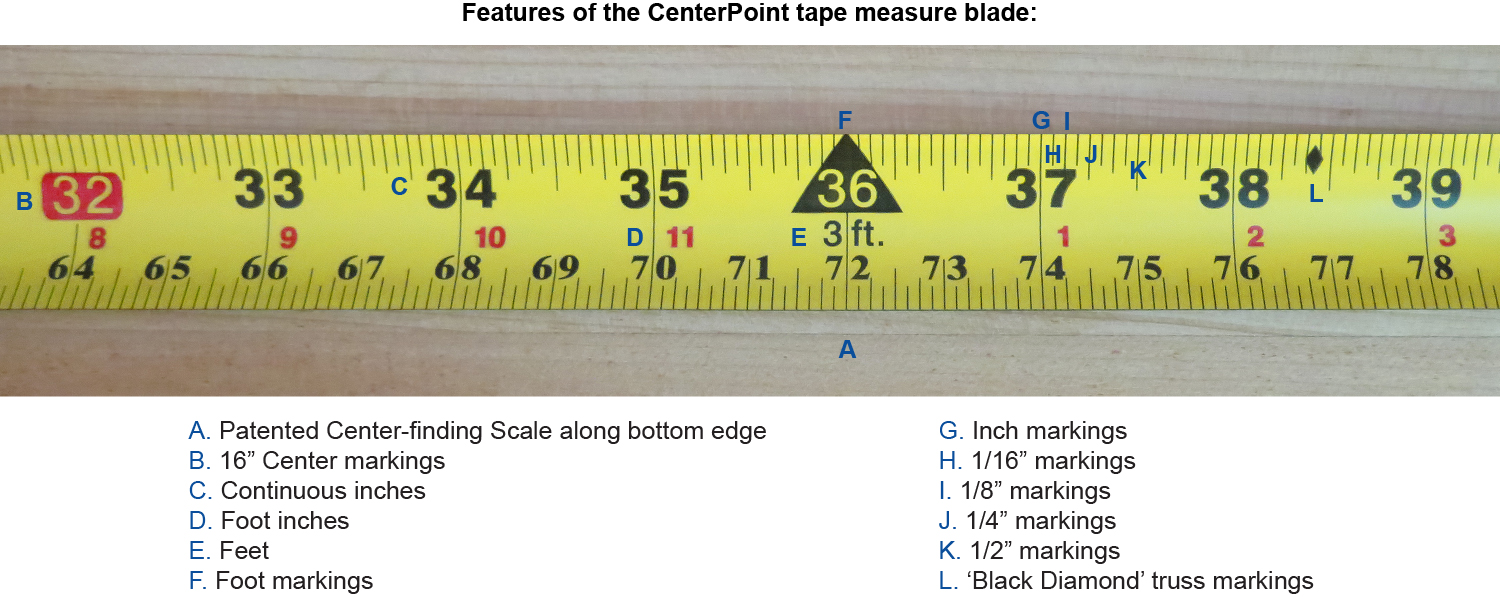




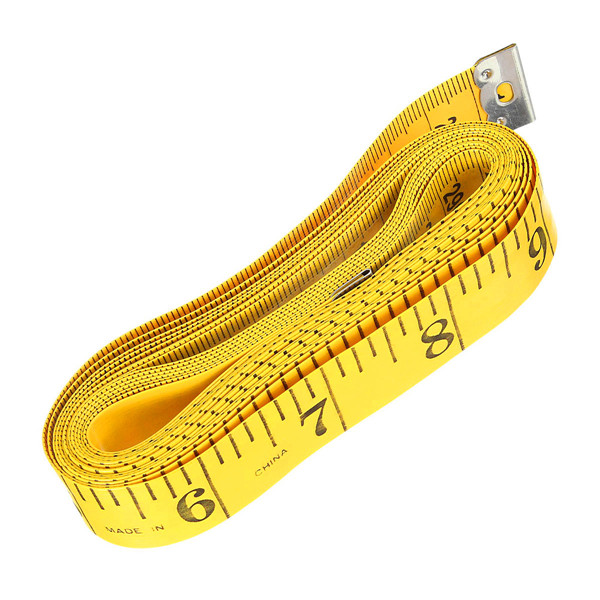

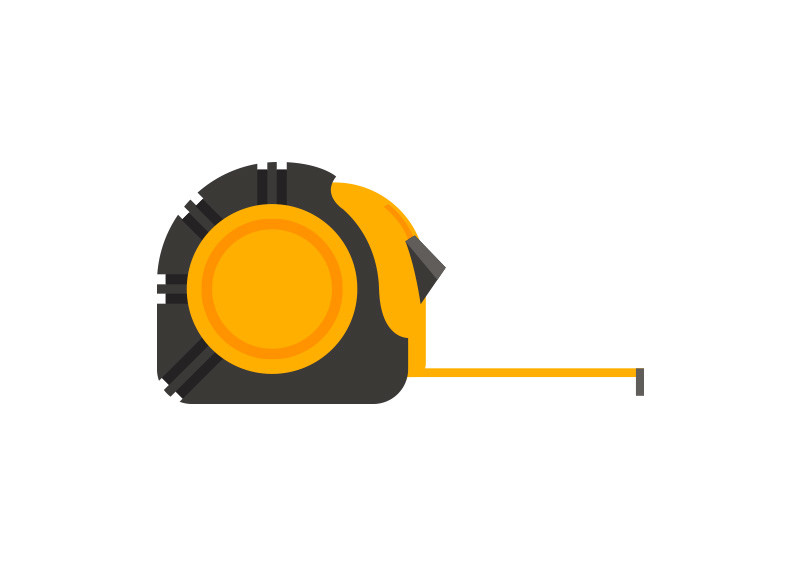
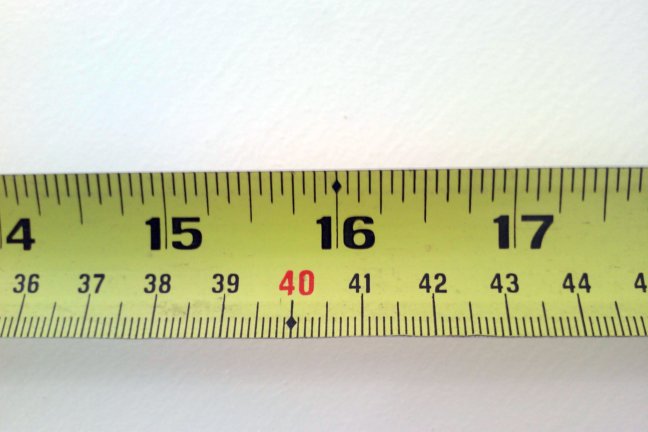

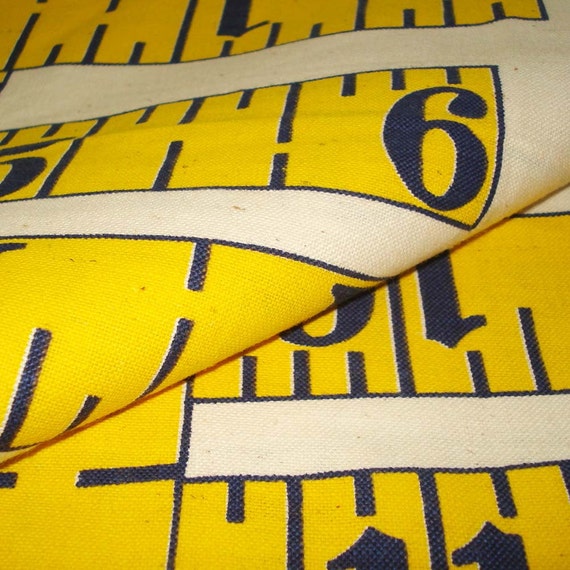









No comments:
Post a Comment
Note: Only a member of this blog may post a comment.